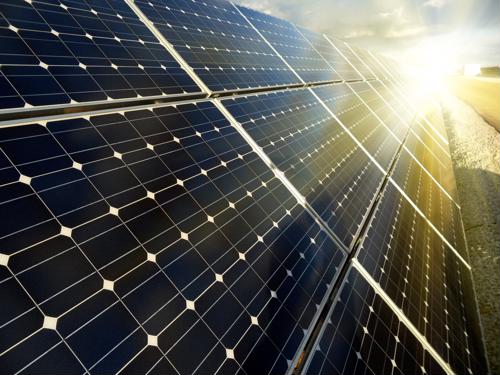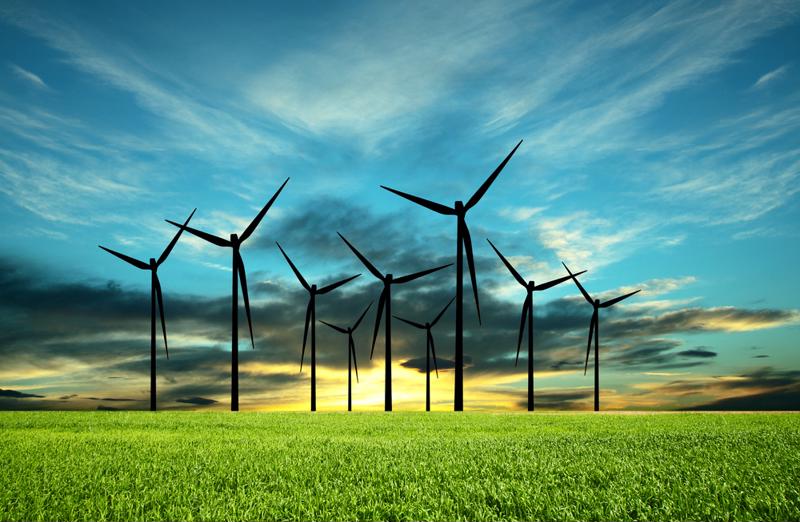
Renewable energy systems and the role of IoT innovation
By Max BurkhalterSeptember 4, 2020
The push for new sources of clean, renewable energy has led to major innovations in remote connectivity and monitoring systems, helping overcome many of the hardware challenges that have held the industry back. Detractors of these systems tend to focus on the limitations of current clean energy technologies and are skeptical that wind-, solar- and hydro-powered installations will be able to meet consumer and industrial demand on a national level.
One of the long-standing limitations of clean energy tech has been the inherent vulnerability of the physical infrastructure, which is often located in harsh outdoor environments. Wind farms stationed along the coast may be able to efficiently harness strong ocean winds, but they are also exposed to intense weather conditions, tropical storms and corrosive sea water. Solar power installations are also at risk of physical degradation due to rain, fluctuating temperatures and other environmental factors. Before renewable forms of energy can replace fossil fuels as the world's primary sources of power, these systems must be able to offer the stability needed to support both residential and commercial buildings. That's where IoT is making a real difference.
Asset monitoring
The internet of things enables renewable energy companies to keep track of their physical assets remotely, and in real time, by installing a fleet of connected sensors at their facilities, BBN Times explained. This functionality is crucial for identifying maintenance issues, anticipating potentially harmful environmental conditions and monitoring ongoing performance. Hurricanes and seasonal storms are great examples of events to watch out for — these weather events produce gale-force wind speeds and intense storm surge along the coast, putting wind-farming installations in danger. If the entire U.S. energy grid relied on such a system to meet energy demands, a single storm could potentially knock out service for countless people and businesses.
Whether operating coastal wind turbines or solar panels in California's Mojave Desert, renewable energy companies need reliable monitoring systems and networking infrastructure to protect against unplanned downtime. IoT sensors are capable of collecting and transmitting a massive amount of performance and environmental data remotely, which is helping organizations make evidence-based decisions when outages occur. Of course, without some level of automation, these companies will still need to perform some manual intervention to adapt to shifting weather patterns and maintenance requirements.

Automated controls
Efficiency has been another significant hurdle for renewable energy — both wind and solar power depend on variable resources which deliver inconsistent results. This unpredictability is one reason many detractors aren't convinced about replacing fossil fuels with green energy practices. Even after the power has been gathered, it must be immediately used or stored in massive batteries to match supply to demand. However, thanks to recent innovations in IoT, artificial intelligence and machine learning, renewable energy systems may be able to become a mainstream source of electricity, according to BizTech Magazine. This is because many companies are implementing intelligent control mechanisms outfitted with AI and ML capabilities.
This advanced functionality can help improve the efficiency of renewable resources and make them easier to manage. For example, an IoT sensor installed on a solar panel would be able to detect the most favorable conditions for energy production. When fed into an automated control system, this data could help the system reorient itself to maximize outputs without any human intervention. The same is true for coastal wind turbines — AI could alter the direction these turbines are spinning in to capitalize on sudden changes in local wind patterns. When leveraged effectively, IoT and automation can improve power output, reduce operating costs related to unplanned downtime and equipment maintenance and increase the reliability of green energy systems.
Data analysis
Like most tech-based projects, the success of renewable energy systems is built on data collection and enablement. Using IoT sensors and remote connectivity tools, green energy companies can collect a massive amount of information on equipment performance, the root causes of outages and general supply and demand trends. This insight translates into better decision-making in emergency scenarios — including hurricanes or wildfires — and greater visibility and control over key infrastructure. Analyzing data on green power usage is also crucial for tracking the adoption of these systems in a national context.
The U.S. Energy Information Administration, among others, uses this data to create detailed studies on the energy sector, including one report that found electricity generation from renewable sources increased 3% between 2019 and 2020. These reports serve as a useful benchmarking tool for understanding the impact of green technologies and key adoption trends across different industries. But before green energy companies can collect, analyze and act upon this data, they first need to ensure their networking infrastructure is graded for harsh environmental conditions.
Perle offers industrial-grade connectivity tools that can withstand high temperatures, wind speeds, vibrations and shocks. Our powerful Ethernet switches are specifically designed to connect to devices in extreme operating environments and are built to exceed the specifications of commercial switches. To learn more, explore our customers' success stories.



